Curtain Wall Systems: Balancing Form, Function, and Fire Safety
In contemporary architectural design, curtain wall systems have become integral components of skyscrapers and modern buildings, seamlessly blending form and function while ensuring essential safety measures such as fire protection. These systems offer a delicate balance between aesthetics, functionality, and fire safety, making them a cornerstone in the construction industry.
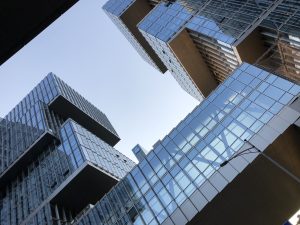
Form and Aesthetics
Curtain wall systems are renowned for their sleek and modern appearance, often featuring expansive glass panels supported by aluminium or steel framing. This design allows architects to create visually striking facades that maximize natural light and offer panoramic views of the surroundings. The transparency of curtain wall system fosters a sense of openness and connectivity with the outdoors, enhancing the overall aesthetic appeal of the building.
Functionality and Performance
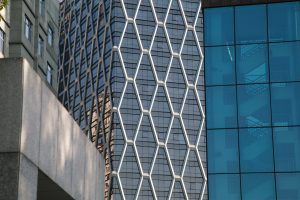
Fire Safety Considerations
While curtain wall systems offer numerous benefits, ensuring fire safety is paramount in their design and implementation. Given their extensive use of glass and metal materials, curtain wall systems must adhere to stringent fire protection standards to mitigate the risk of fire spread and structural failure. This involves incorporating fire-rated glass and fire-resistant framing materials into the system design, as well as integrating fire-rated cavity barriers to compartmentalize the building.
Fire-rated Glass
Fire-rated glass is a critical component of curtain wall systems, providing a barrier against the spread of fire and smoke while maintaining transparency and visibility. This specialized glass is treated with intumescent coatings or multiple layers of tempered glass to enhance its fire resistance properties. In the event of a fire, fire-rated glass helps contain the fire within its compartment, allowing occupants to evacuate safely and providing valuable time for emergency response teams to intervene.
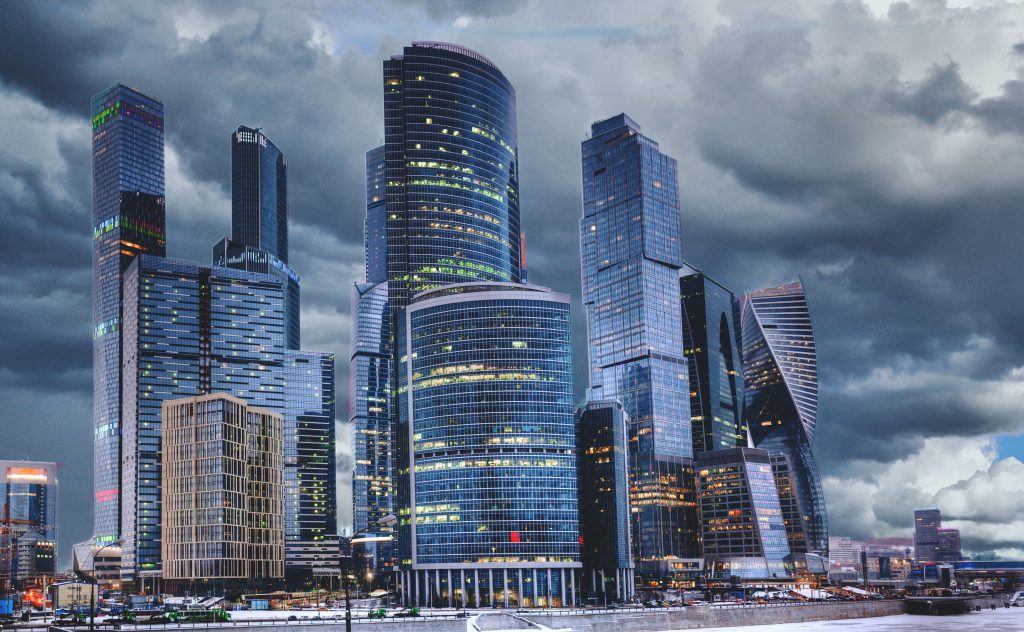
Fire-resistant Framing
In addition to fire-rated glass, the framing materials used in curtain wall systems must also possess fire-resistant
properties. Aluminium and steel are commonly used for curtain wall framing due to their strength and durability. These materials can be further enhanced with fire-resistant coatings or intumescent paints to withstand high temperatures and prevent structural failure during a fire. By incorporating fire-resistant framing, curtain wall systems maintain their integrity and support the building’soverall fire safety strategy.
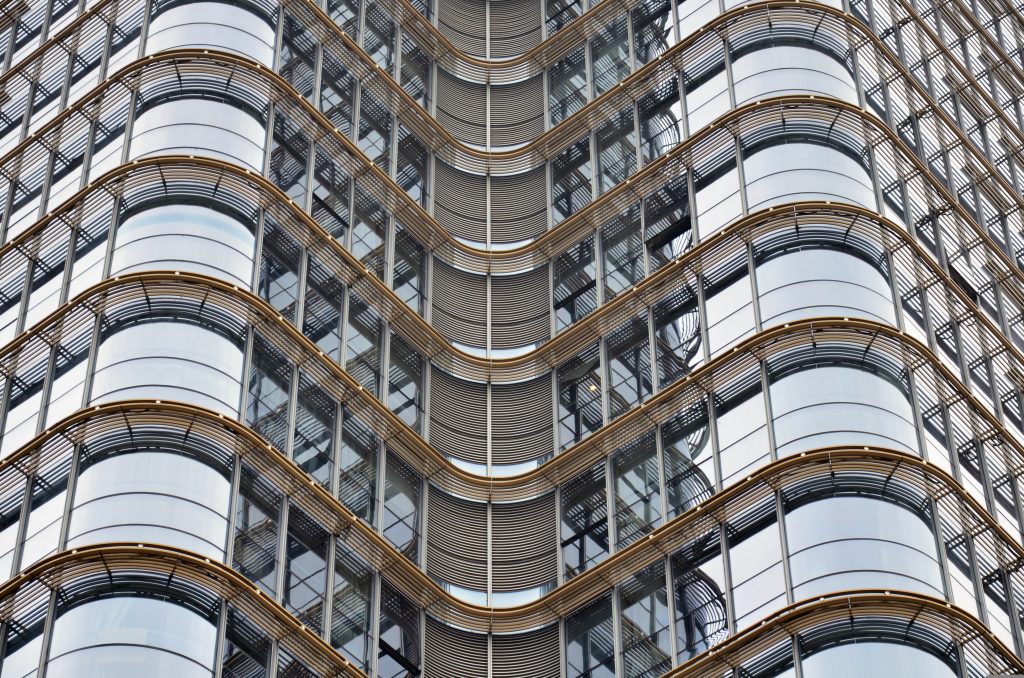
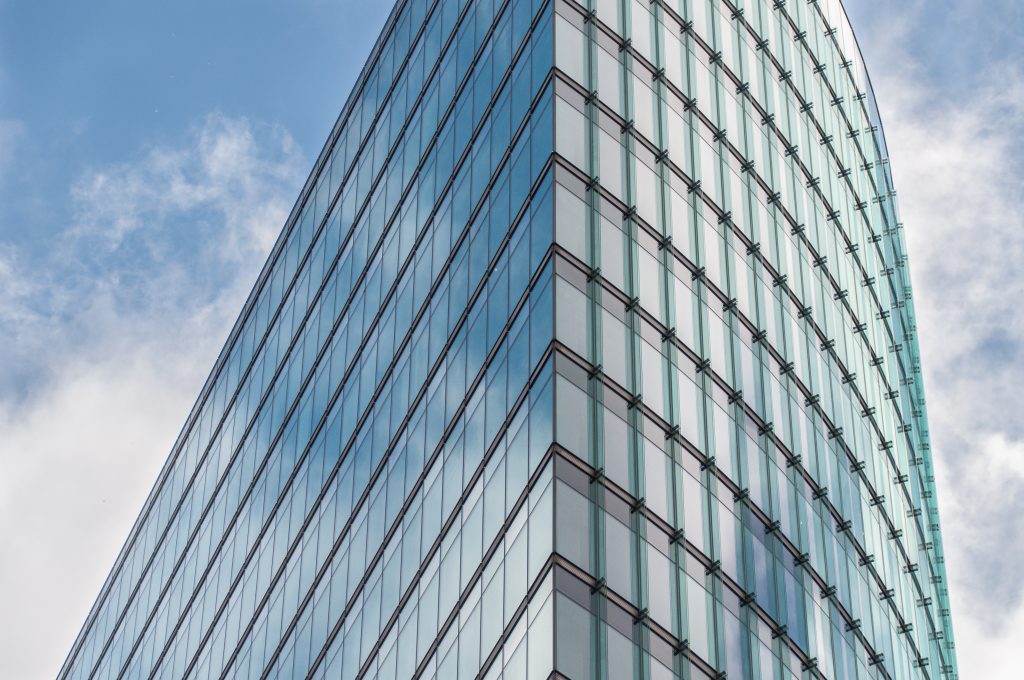
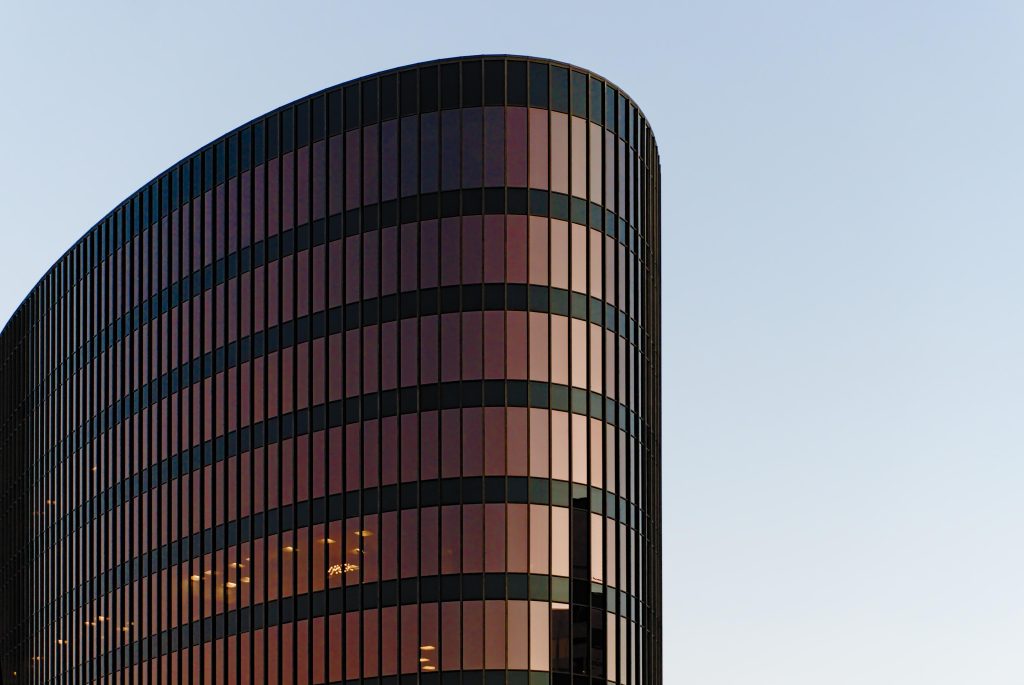
Comprehensive Fire Protection Solutions
To ensure optimal fire safety, curtain wall cavity barrier systems should be integrated into the building’s overall plan. This involves coordinating with architects, engineers, and fire safety experts to assess potential fire hazards, implement appropriate fire suppression systems, and establish evacuation protocols. Regular maintenance and inspection of curtain wall systems are also essential to identify any vulnerabilities and address them promptly.
At Trafalgar Fire, we specialize in specifying cavity barrier systems that prioritize fire safety. Our team of experienced professionals is dedicated to delivering innovative solutions tailored to your project’s unique requirements. Where you’re seeking to ensure compliance with fire protection regulations, we’re here to help. Contact us today to learn more about our curtain wall cavity barrier systems and how we can assist you in achieving your architectural vision while prioritizing safety.


